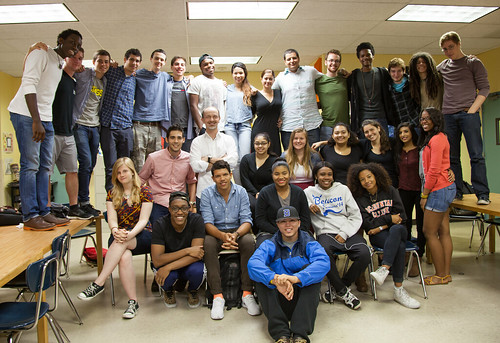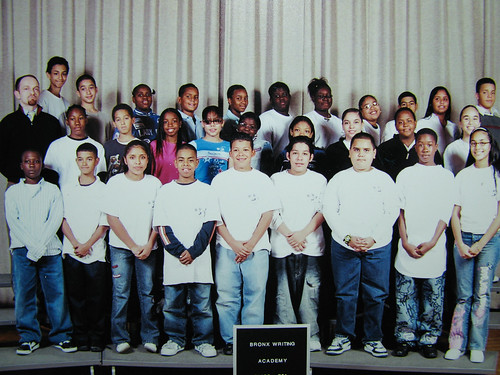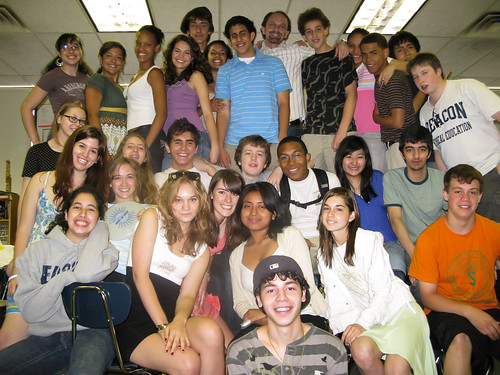Mandalas by the Class of 2016
HW due 4/19: Siddhartha and Mandala Info
Hope everyone is in the midst of a great spring break! Rest up and get ready for the rest of the school year; it will be a blur!
1. Siddhartha–Read and annotate the chapters Amongst the People and Samsara.
2. Mandala Project due April 27
FYI: There are many great mandalas in the header photo for this page!
You are also expected to turn in an artist statement wherein you explain what each aspect of your mandala represents. The artist statement should be one page and single spaced.
Be sure to visit this link to get a sense of the process of making a mandala. This is the beginning step of the Mandala Project!
Carl Jung and the mandala:
“I had to abandon the idea of the superordinate position of the ego. … I saw that everything, all paths I had been following, all steps I had taken, were leading back to a single point — namely, to the mid-point. It became increasingly plain to me that the mandala is the centre. It is the exponent of all paths. It is the path to the centre, to individuation… I knew that in finding the mandala as an expression of the self I had attained what was for me the ultimate.” – C. G. Jung. Memories, Dreams, Reflections.
If we agree that the center of the mandala represents this center of the universe, thus the center of the self (the true self), then what would reside at the center of you…your true self. As seen in many of the examples, much, if not all, of the mandala is abstract expression. Certainly the center of the mandala should be abstract as it is a representation of your Self; yet, as you move beyond the center, closer to the edge, your visual may become more concrete as you are closer to your persona/ego, that which is tangible/material. So how will you represent your true self… We understand that the mandala is an expression of Self at the moment of its (the mandala’s) creation as the Self is always a work in progress.
The Mandala will be worth 150 points and count as a project/essay grade. Keep in mind:
- Your base structure of your mandala should be a series of geometric shapes. The primary, and largest, shape must be a geometric shape. Within there must be an arrangement of smaller geometric shapes.
- All geometric shapes must be PRECISE. The craftsmanship in general should be precise.
- The Mandala should use colors meaningfully. Meaning, you should be able to explain why you chose the colors you chose.
- All visuals beyond the base structure should be purposeful and powerful. Meaning, there should be a rationale for everything present in your Mandala and that rationale should be of great significance to you. Further, the images should be aesthetically pleasing in presentation.
- The Mandala should reflect great creative effort!
- The Mandala should reflect great overall effort!
- The Mandala should reflect you!
Ultimately you should create a mandala that you will be proud to share with the entire class!
As for dimensions, there is flexibility here: if square 12-16 inches on each side; if circular, appx. 12-16 inches in diameter. Once again, there is flexibility here. Review the following link to get another sense of the creation process. Note that the structure of the mandala should consist of precise geometric shapes.
HW due 4/4: Mandala
FYI: There are many great mandalas in the header photo for this page!
Mandala Project due April 4
You are also expected to turn in an artist statement wherein you explain what each aspect of your mandala represents. The artist statement should be one page and single spaced.
Be sure to visit this link to get a sense of the process of making a mandala. This is the beginning step of the Mandala Project!
Carl Jung and the mandala:
“I had to abandon the idea of the superordinate position of the ego. … I saw that everything, all paths I had been following, all steps I had taken, were leading back to a single point — namely, to the mid-point. It became increasingly plain to me that the mandala is the centre. It is the exponent of all paths. It is the path to the centre, to individuation… I knew that in finding the mandala as an expression of the self I had attained what was for me the ultimate.” – C. G. Jung. Memories, Dreams, Reflections.
If we agree that the center of the mandala represents this center of the universe, thus the center of the self (the true self), then what would reside at the center of you…your true self. As seen in many of the examples, much, if not all, of the mandala is abstract expression. Certainly the center of the mandala should be abstract as it is a representation of your Self; yet, as you move beyond the center, closer to the edge, your visual may become more concrete as you are closer to your persona/ego, that which is tangible/material. So how will you represent your true self… We understand that the mandala is an expression of Self at the moment of its (the mandala’s) creation as the Self is always a work in progress.
The Mandala will be worth 150 points and count as a project/essay grade. Keep in mind:
- Your base structure of your mandala should be a series of geometric shapes. The primary, and largest, shape must be a geometric shape. Within there must be an arrangement of smaller geometric shapes.
- All geometric shapes must be PRECISE. The craftsmanship in general should be precise.
- The Mandala should use colors meaningfully. Meaning, you should be able to explain why you chose the colors you chose.
- All visuals beyond the base structure should be purposeful and powerful. Meaning, there should be a rationale for everything present in your Mandala and that rationale should be of great significance to you. Further, the images should be aesthetically pleasing in presentation.
- The Mandala should reflect great creative effort!
- The Mandala should reflect great overall effort!
- The Mandala should reflect you!
Ultimately you should create a mandala that you will be proud to share with the entire class!
As for dimensions, there is flexibility here: if square 12-16 inches on each side; if circular, appx. 12-16 inches in diameter. Once again, there is flexibility here. Review the following link to get another sense of the creation process. Note that the structure of the mandala should consist of precise geometric shapes.
HW due 3/28: Siddhartha and Mandala
1. Siddhartha–Read and annotate By the River and The Ferryman.
3. Mandala Project due April 4
Be sure to visit this link to get a sense of the process of making a mandala. This is the beginning step of the Mandala Project!
Carl Jung and the mandala:
“I had to abandon the idea of the superordinate position of the ego. … I saw that everything, all paths I had been following, all steps I had taken, were leading back to a single point — namely, to the mid-point. It became increasingly plain to me that the mandala is the centre. It is the exponent of all paths. It is the path to the centre, to individuation… I knew that in finding the mandala as an expression of the self I had attained what was for me the ultimate.” – C. G. Jung. Memories, Dreams, Reflections.
If we agree that the center of the mandala represents this center of the universe, thus the center of the self (the true self), then what would reside at the center of you…your true self. As seen in many of the examples, much, if not all, of the mandala is abstract expression. Certainly the center of the mandala should be abstract as it is a representation of your Self; yet, as you move beyond the center, closer to the edge, your visual may become more concrete as you are closer to your persona/ego, that which is tangible/material. So how will you represent your true self… We understand that the mandala is an expression of Self at the moment of its (the mandala’s) creation as the Self is always a work in progress.
The Mandala will be worth 150 points and count as a project/essay grade. Keep in mind:
- Your base structure of your mandala should be a series of geometric shapes. The primary, and largest, shape must be a geometric shape. Within there must be an arrangement of smaller geometric shapes.
- All geometric shapes must be PRECISE. The craftsmanship in general should be precise.
- The Mandala should use colors meaningfully. Meaning, you should be able to explain why you chose the colors you chose.
- All visuals beyond the base structure should be purposeful and powerful. Meaning, there should be a rationale for everything present in your Mandala and that rationale should be of great significance to you. Further, the images should be aesthetically pleasing in presentation.
- The Mandala should reflect great creative effort!
- The Mandala should reflect great overall effort!
- The Mandala should reflect you!
As for dimensions, there is flexibility here: if square 12-16 inches on each side; if circular, appx. 12-16 inches in diameter. Once again, there is flexibility here. Review the following link to get another sense of the creation process. Note that the structure of the mandala should consist of precise geometric shapes.
HW10 due 3/23: Siddhartha, Mandala, and Essay Assessment
1. Siddhartha–Read and annotate Amongst the People.
2. Essay Assessment–Thoroughly and meticulously grade the essay distributed today. Remember, score each category of the rubric. Total score out of 20! You should be prepared to rationalize your score.
3. Mandala blueprint due! This can be a pen and/or pencil rendering of how you envision the final mandala to be! There are exemplar mandalas on the bulletin board in the back of the room. [Read more…]

















































You must be logged in to post a comment.